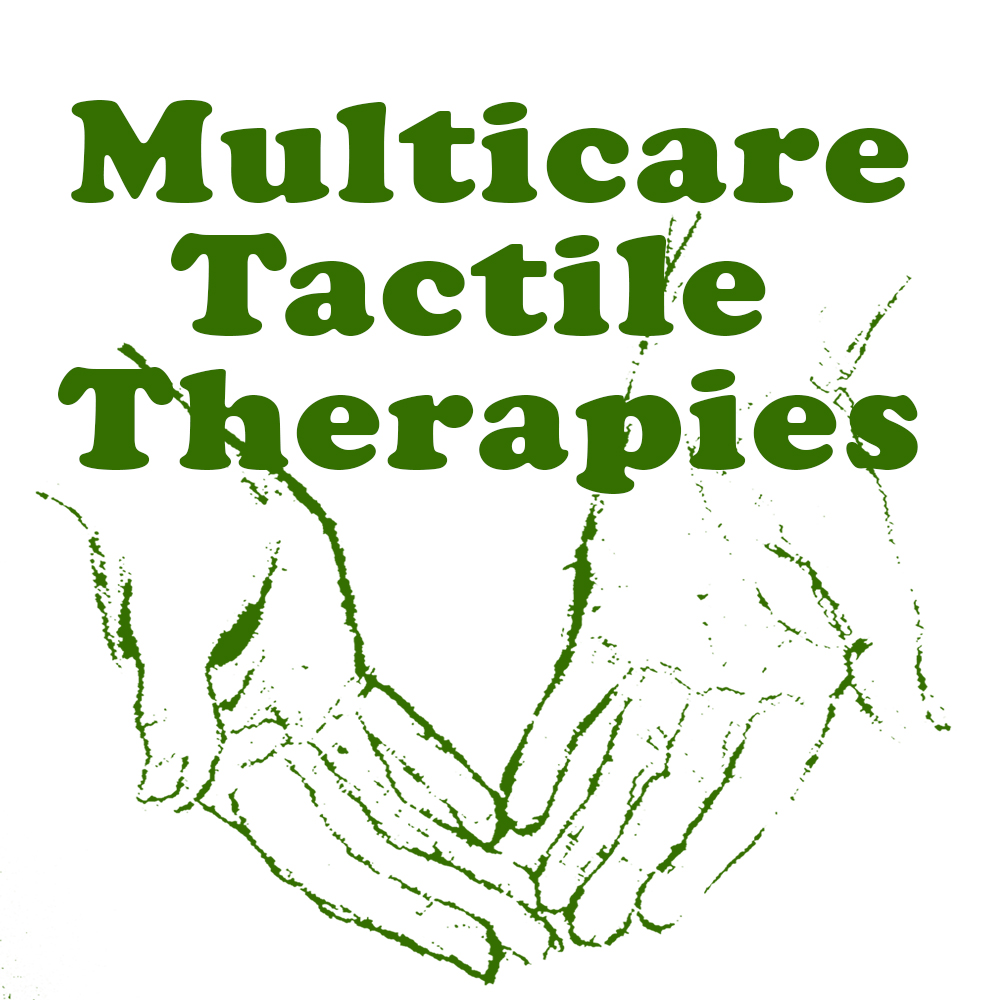
Bad Posture Isn’t Good for Your Health
Bad posture doesn’t cause Scoliosis, although connected to depression, poor circulation, diabetes, and cardiovascular disease. Linked to ergonomic issues such as slouching, which doesn’t leave a confident impression for anyone, especially in a presentation or job interview.
It’s comfortable to sit up straight when you’re thinking about it, but when you’re not isn’t easy to slip back into bad habits. Unfortunately, a vast 80% of all Australians will develop lower back pain at some point throughout their lives, and the reasons are generally poor posture and reduced movement.
Improving one’s posture is not about looking better. Studies have linked poor posture with a higher risk of injury.
The debate over the extent to which it leads to neck and back pain is not entirely clear, but although experts who are sceptical that posture is a primary cause of pain, it is a definite contributing concern.
‘Good’ spinal posture is standing tall and avoiding the increased loading that comes with bent positions. Good posture is the way we hold our bodies that reduce the access amount of strain.
The classic case of an employee at a desk job. Consistent sitting, with your spine curved forward to peer at my computer screen, causing tension in the upper arms and shoulders.
In response, your body is unbalanced, and to realign meant straining muscles of the lower back and hips.
The bad news is that over time if we maintain the same posture, things will deteriorate, and the bad habits to try to make up for earlier ones don’t work. However, for many people is that they have posture problems which aren’t inherent.
And if learning, then it’s possible to teach ourselves to correct them.
It takes time to reduce bad habits, as it took years to develop them.
They’re a growing problem, due in mostly to our sedentary, technology-filled lifestyles. Sitting for too long at our desks or bent over reading our facebook page on our Smartphone. These positions have become ingrained in our regular movement patterns.
But one simple thing which can start immediately was to get up every half-hour to an hour when working at a desk.
Humans need to move, even standing up briefly before sitting down again gives your muscles a break, so they don’t stay tensed in one position.
Instead of trying to pursue the idea of a perfect posture, perhaps, more importantly, we should focus on ‘the next’ position – that is not to hold anyone poses for an extended period and ensure that you have variety in your postures and move regularly.
So a posture-correcting device could well be the solution to a huge problem, and there are many varieties on the market today. The recommended support is the one that gives support to the entire back and not just one specific area. For example, the clavicle brace, help given to the thoracic region, and not the lumber area.
It is an essential consideration to, in fact, re-educate your muscles and develop a tension-free posture. Therefore supporting all muscle groups in all regions of the back is an excellent way to start.
